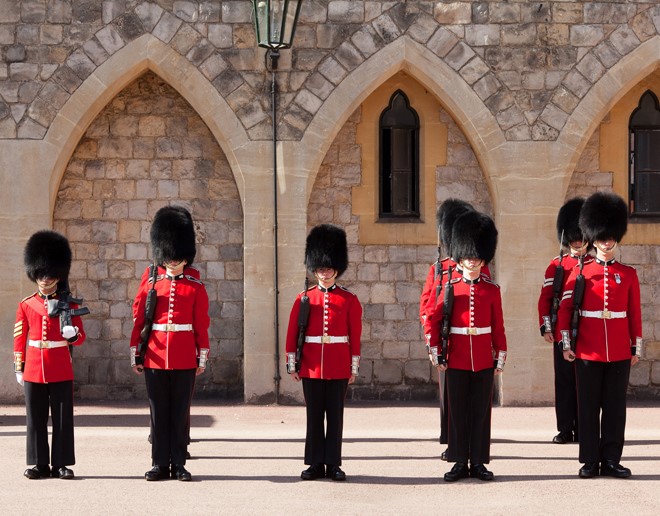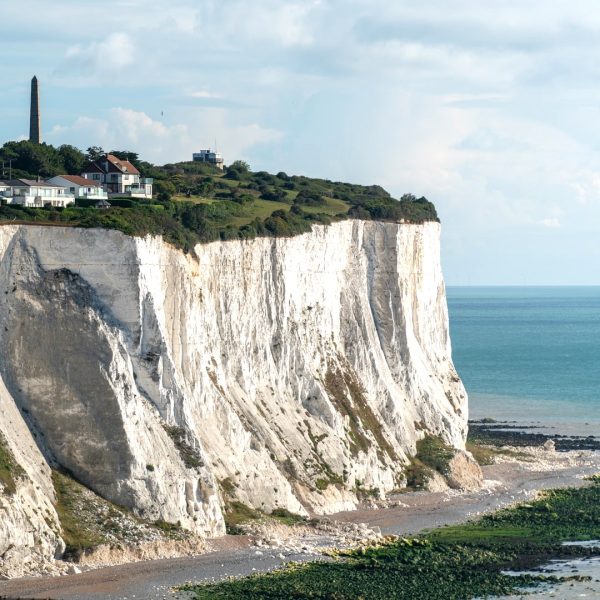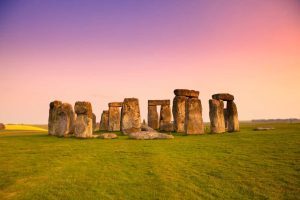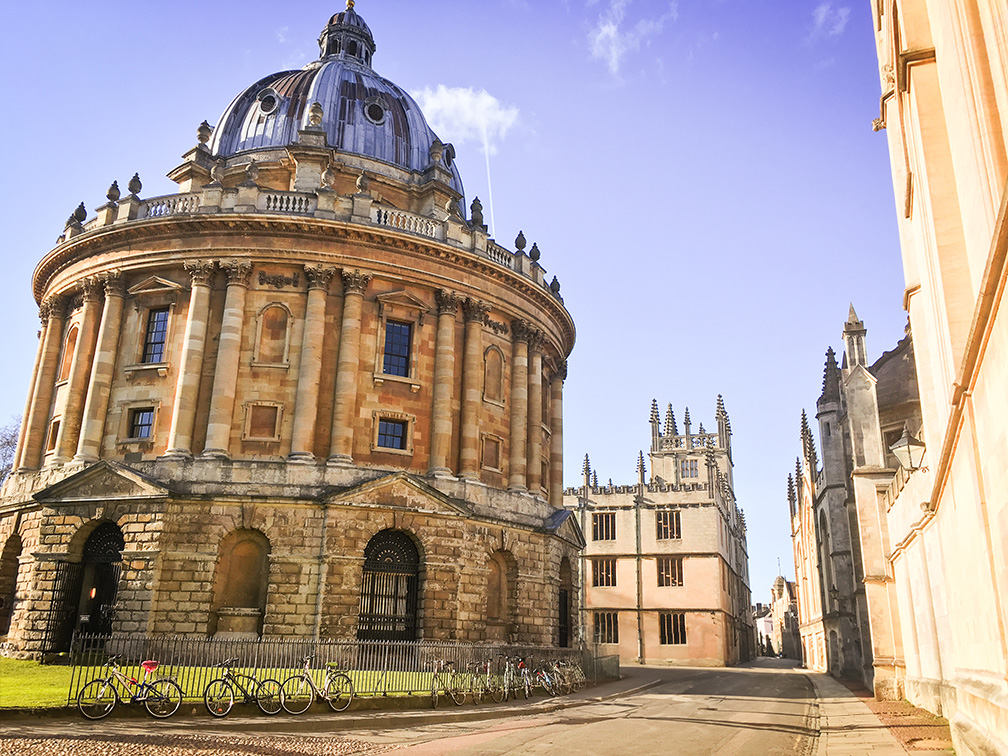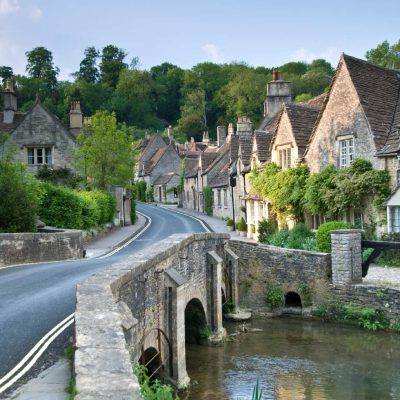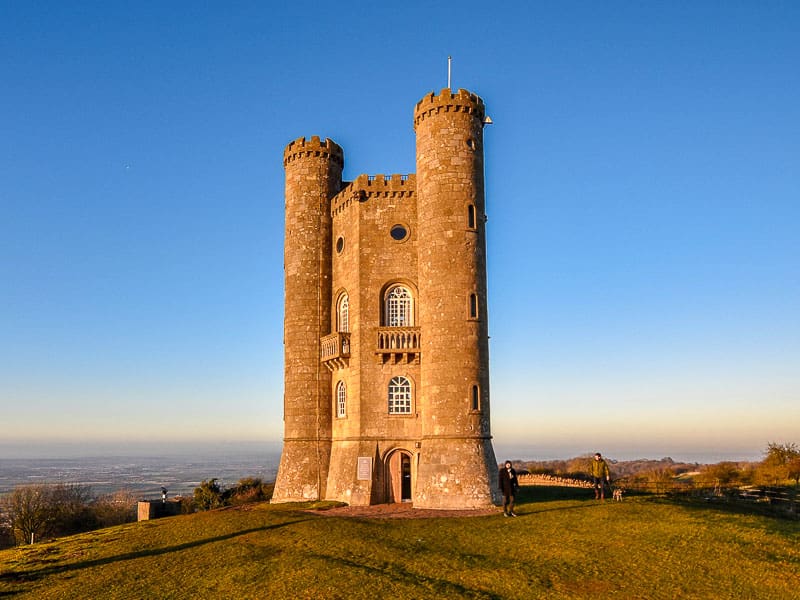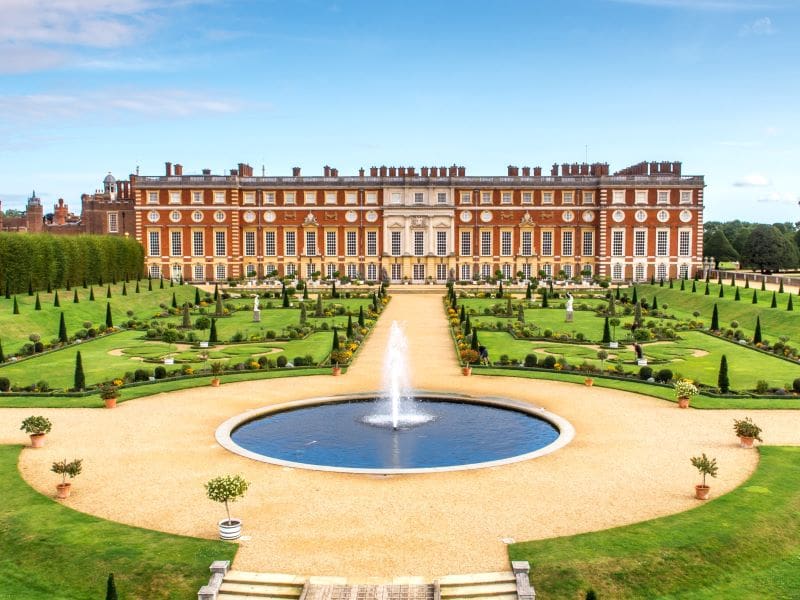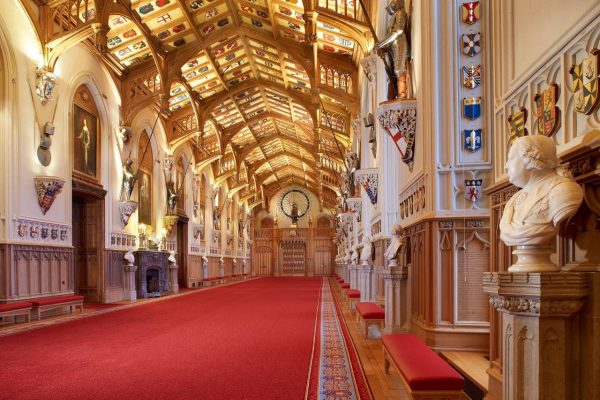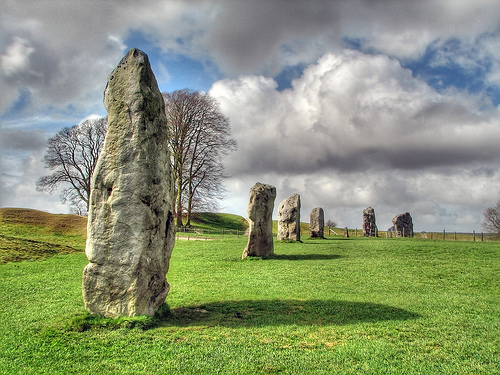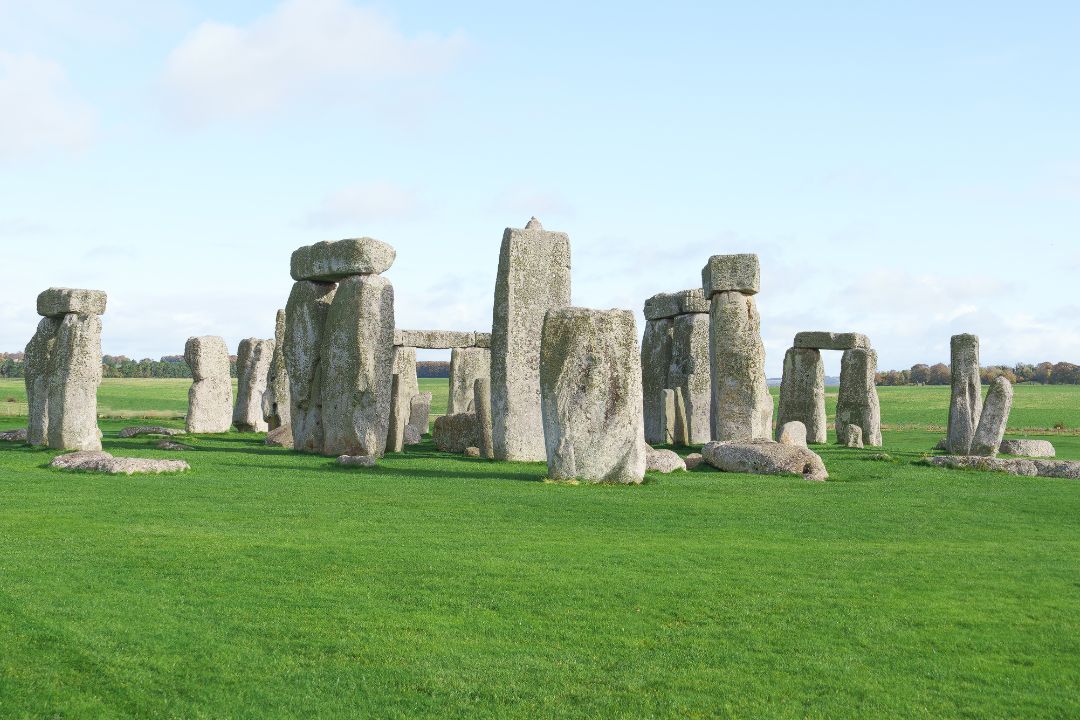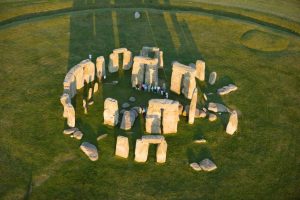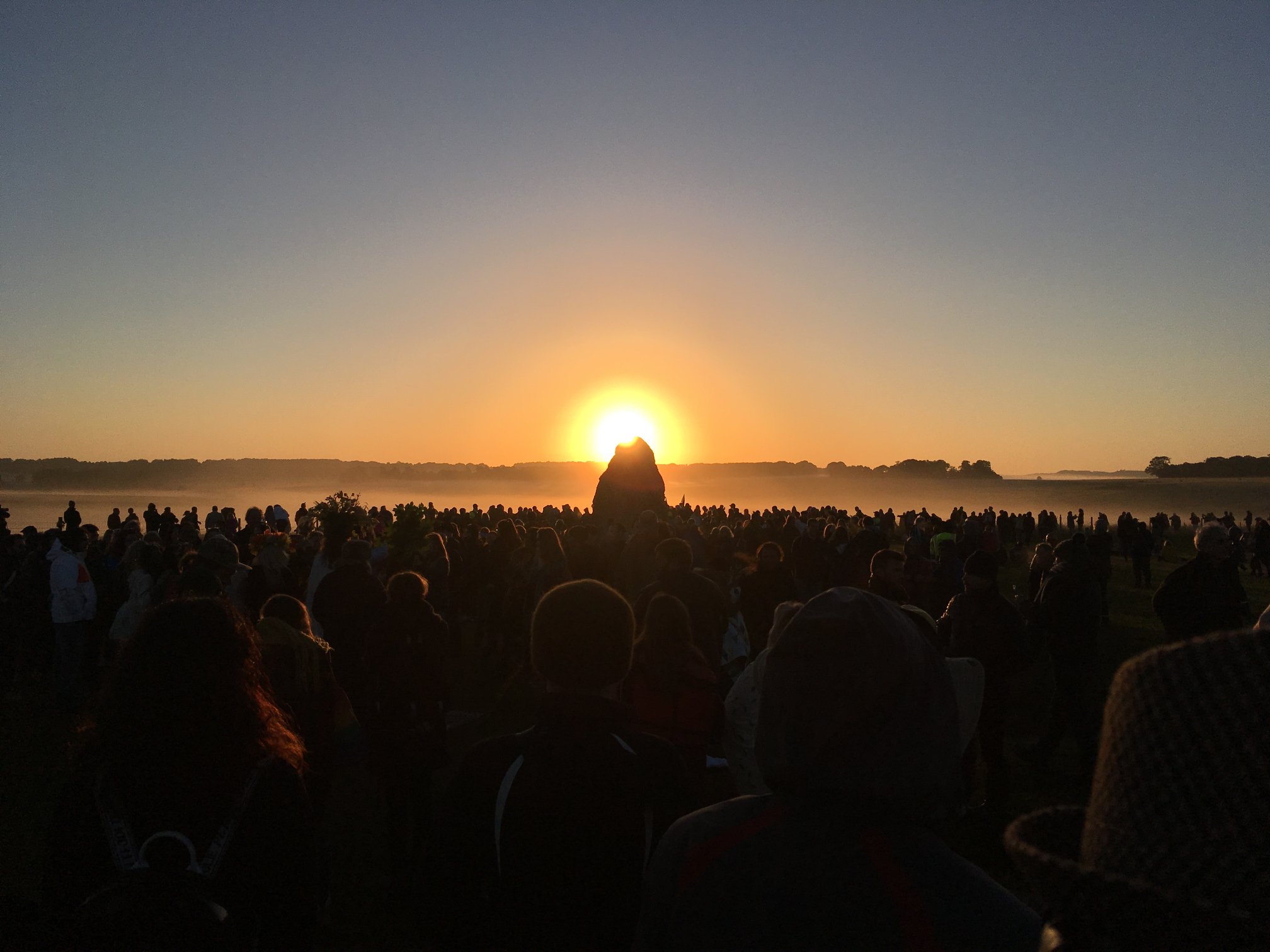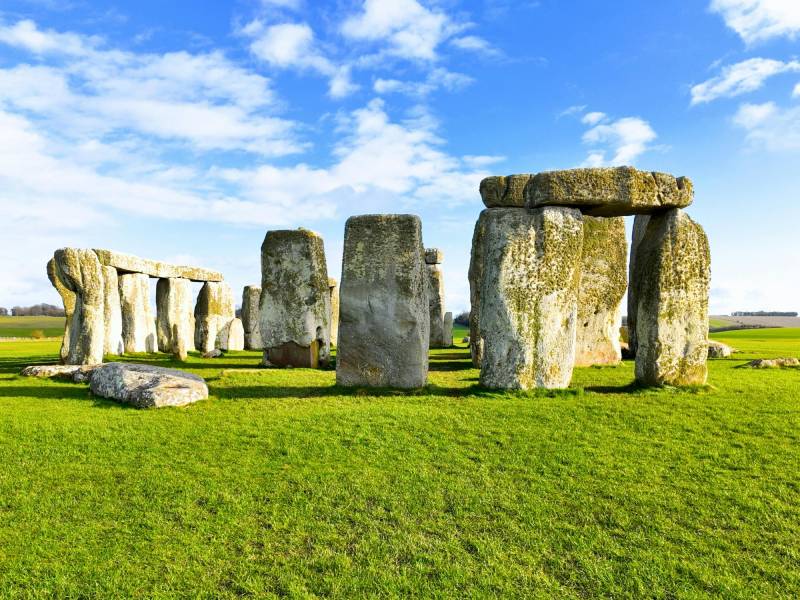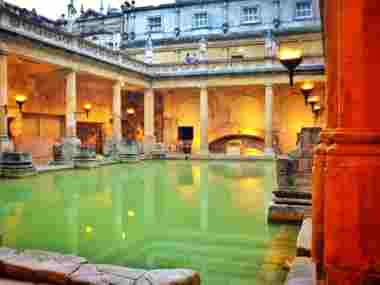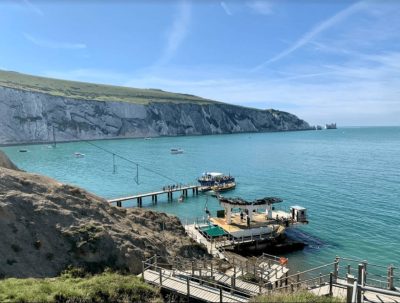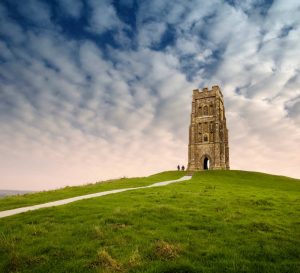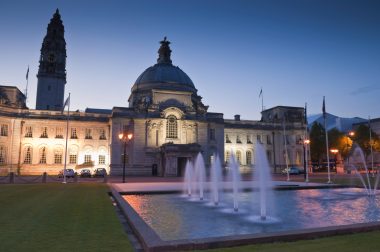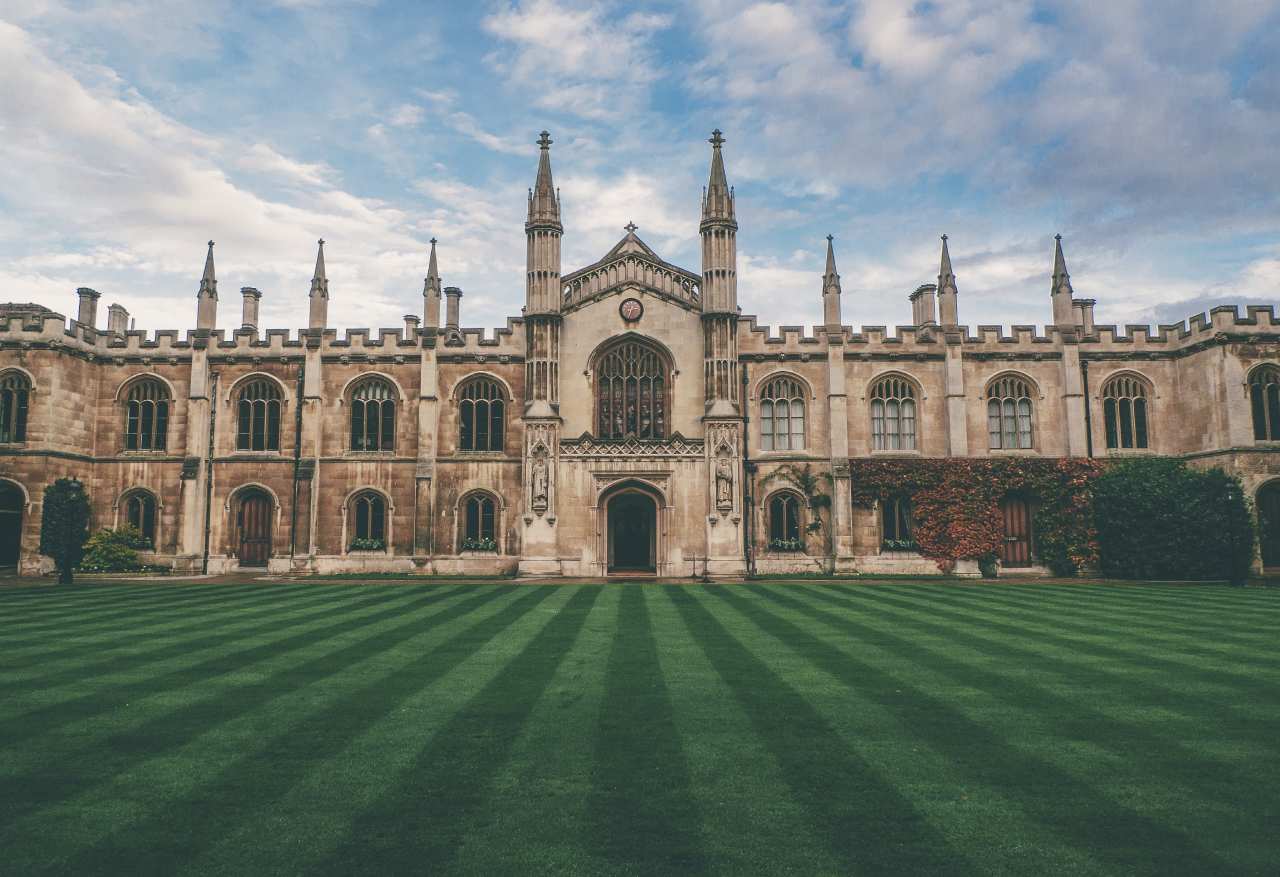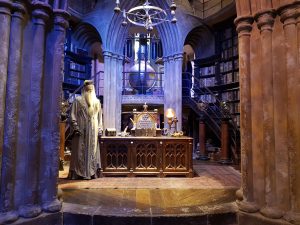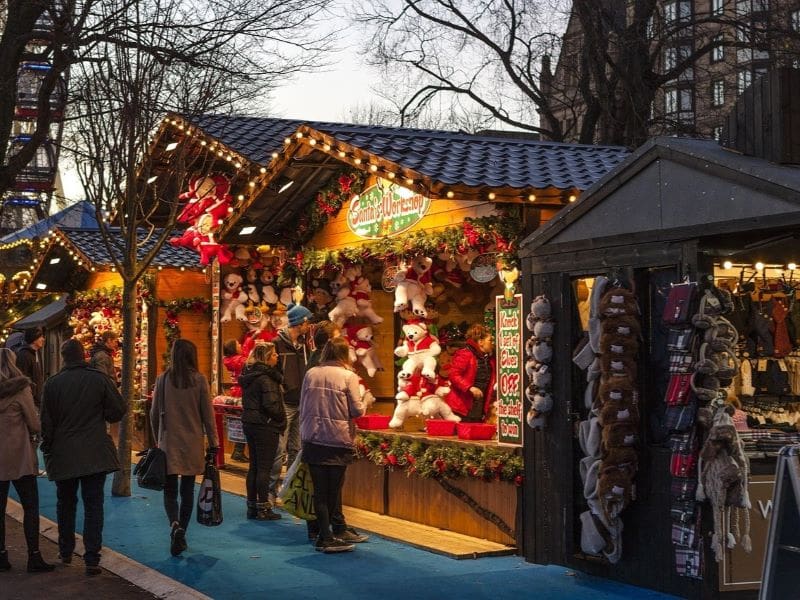Planning Your Visit to London Tower of London & Greenwich
Explore London’s royal and river history, starting in beautiful Greenwich. See the Prime Meridian, Cutty Sark, and learn about time and trade. Sail along the Thames to the Tower of London and hear stories of kings and queens. Enjoy local food, great views, and a fun day out full of history. To learn more about our tours or private tours in London, come back to click here!
The River Thames
The River Thames has always been the lifeblood of London. Its banks are steeped in stories — some regal, some rough. Our day begins in Greenwich, a historic hub of royal births and maritime innovation. From there, we’ll take a boat ride up the Thames to the Tower of London — once a fortress, dungeon, royal residence, and now home to the Crown Jewels. Keep an eye out for the famous ravens and the Yeoman Warders, more commonly known as Beefeaters.
Greenwich
Our day kicks off at the Royal Observatory, where we’ll explore the Prime Meridian — literally standing at the beginning of time. Inside, you’ll discover how the longitude problem was solved in the 18th century, revolutionising navigation and global trade.
From there, we’ll wander through the sights of Greenwich: the Queen’s House, the National Maritime Museum, the Cutty Sark, and the grand Old Royal Naval College (now the University of Greenwich). There’s time for lunch near Cutty Sark — lots of local restaurants to choose from.
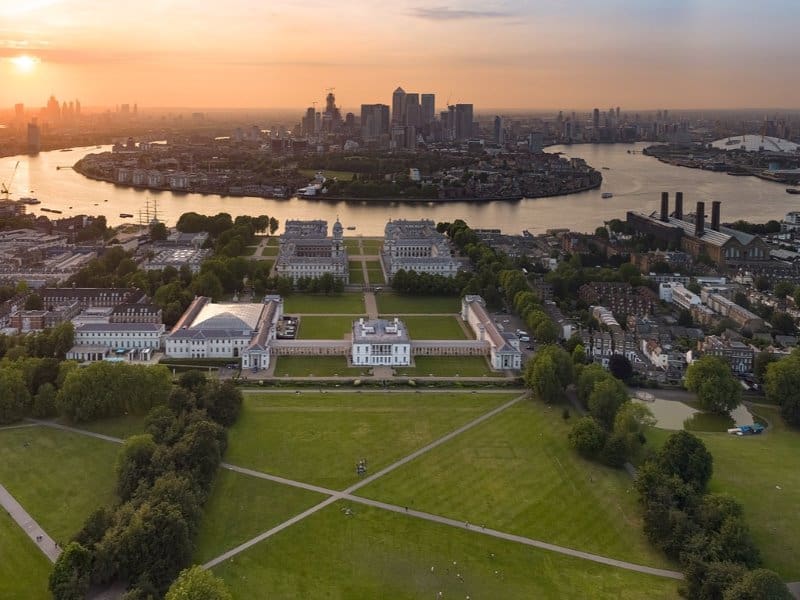
A Journey by River
After lunch, we’ll cruise up the Thames towards Tower Bridge, where our final stop awaits: the iconic Tower of London. One of the day’s key themes is the river itself. For centuries, the Thames was the busiest street in London — most crossings were by ferry since there were only three bridges. The streets were dirty, unpaved, and treacherous, making river travel the smoother option.
London Bridge, originally built by the Romans in 59 AD, was the first. The Thames Watermen, who rowed the ferries, became fixtures of river life, even holding boat races like the Doggett’s Coat and Badge and the Trafalgar Cup — many of which are commemorated in the National Maritime Museum.
Today, the Thames is crossed by 33 bridges, three foot tunnels, a cable car, and still boasts services like the Thames Clippers and the Woolwich Ferry. Greenwich was also once home to the Palace of Placentia — favoured by Henry VIII and the birthplace of Elizabeth I. Though the palace was demolished after the Civil War, its bricks were repurposed to build the Royal Observatory.
Tower of London – A UNESCO World Heritage Site
Yeoman Warders
These are the Tower’s traditional guardians, often known as Beefeaters. Historically, they were the king’s personal bodyguards. Every ship docking in London once had to offer a barrel of alcohol to the Constable of the Yeoman Warders. Today, becoming a Beefeater requires at least 22 years of military service. They live at the Tower and lead excellent free tours that run every half hour from the entrance.
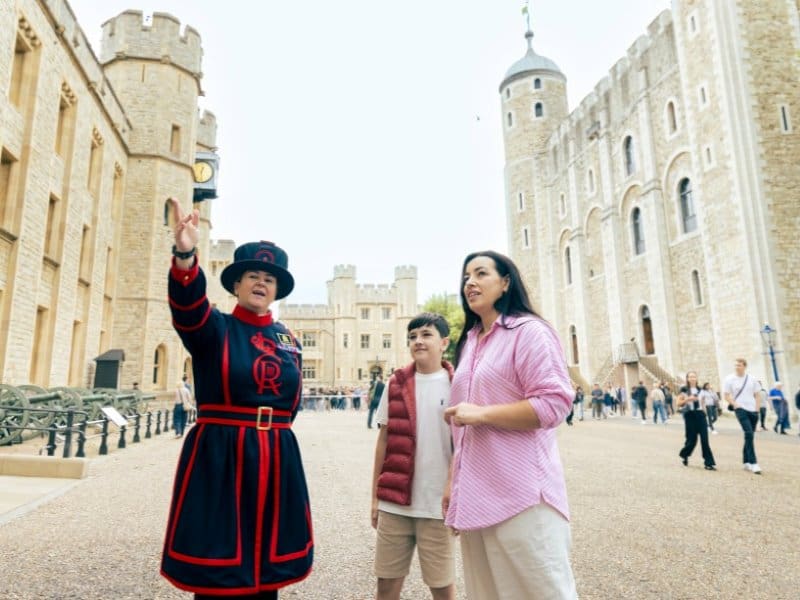
The Ravens
Legend says that if the ravens ever leave the Tower, the monarchy — and the kingdom — will fall. Today, the ravens are well cared for in aviaries and released daily.
The White Tower
Built by William the Conqueror in 1066, this central keep was later whitewashed by Henry III, giving it its name. It has served as a royal residence, barracks, and dungeon. Notable prisoners include Anne Boleyn, Sir Walter Raleigh, Catherine Howard, William Penn, Rudolf Hess, and Guy Fawkes.
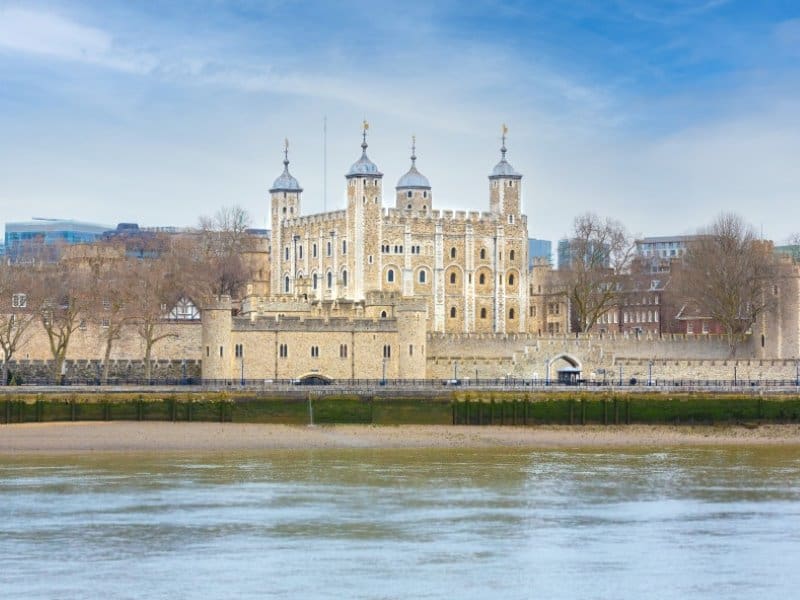
The Crown Jewels
These date from the 1660s and include crowns, orbs, swords, rings, robes and more. The earlier royal regalia were destroyed after Charles I’s execution in the Civil War. Today’s Crown Jewels were created after the monarchy was restored under Charles II.
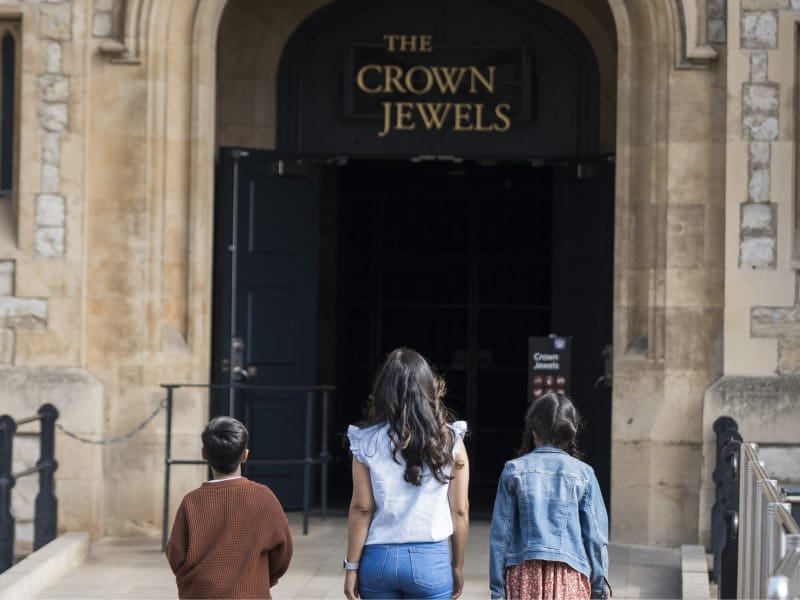

Windsor Castle and Tower of London Tour with Entry Tickets
From £89
Explore British royalty and history – venture into Windsor Castle to see the State Apartments, Queen Mary’s Dolls’ House, and more! Then, explore the great English fortress of the Tower of London, get up close to the Crown Jewels, and descend into the infamous prison on this day tour from London.
Traitors’ Gate
This infamous water gate was the entrance for prisoners accused of treason. Anne Boleyn and Catherine Howard both passed through here on their way to execution.
During WWII, the Tower stored gunpowder — risky business during the Great Fire of 1666! In the Blitz, bomb catchers were stationed on rooftops like the White Tower and St Paul’s to throw unexploded bombs clear of buildings.
Royal Observatory & the Prime Meridian
Our day starts at the top of Greenwich Park at the Royal Observatory. Founded in 1675 by Charles II and designed by Sir Christopher Wren, it was built to help solve the “longitude problem” — one of the greatest scientific challenges of the time.
Many ships were lost at sea because captains couldn’t calculate their position without knowing the time accurately. In 1714, the Longitude Act offered a massive prize for a solution. John Harrison, a Lincolnshire clockmaker, ultimately cracked it. His marine chronometers, on display at the Observatory, changed everything.
You’ll also find the Prime Meridian — the line that marks 0° longitude and the start of every time zone. Greenwich was chosen at an 1884 international conference because Harrison’s system was already in widespread use. The Time Ball atop the Observatory helped ships synchronise their clocks — it still drops at 1pm daily.
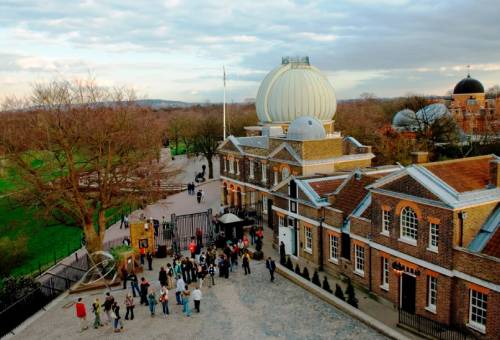
Blackheath
On the way to the Observatory, we pass Blackheath — a scenic spot with a dark past. During the 14th-century Black Death, it served as a mass burial ground. The name may come from “Bleak Heath” or its use during the plague.
Fun fact: “Quarantine” comes from the Italian quaranta — forty — as ships had to isolate for 40 days during outbreaks, a practice started in Venice.
Maritime Museum
Part of the Maritime Greenwich UNESCO site, this museum opened in 1937 and tells the story of Britain’s seafaring past. You’ll see everything from grand ships and naval battles to everyday life aboard.
Key highlights include:
Prince Frederick’s Royal Barge (1732): Lavishly decorated with Eastern and British symbolism.
Battle of Trafalgar (1805): Commemorated in a Turner painting. Though outnumbered, Nelson’s fleet triumphed — though he died in the process.
Miss Britannia III (1932): A powerboat built for racing with Rolls-Royce engines.
Atlantic Worlds Gallery: This explores trade, slavery, and early colonisation. It features artefacts from the Akan and Ashanti tribes of West Africa and explains the grim realities of the triangular slave trade.
Lord Nelson’s Uniform: Complete with the bullet hole from the Battle of Trafalgar. He was returned to Greenwich in a barrel of brandy. (Legend says the sailors drank the brandy after…)
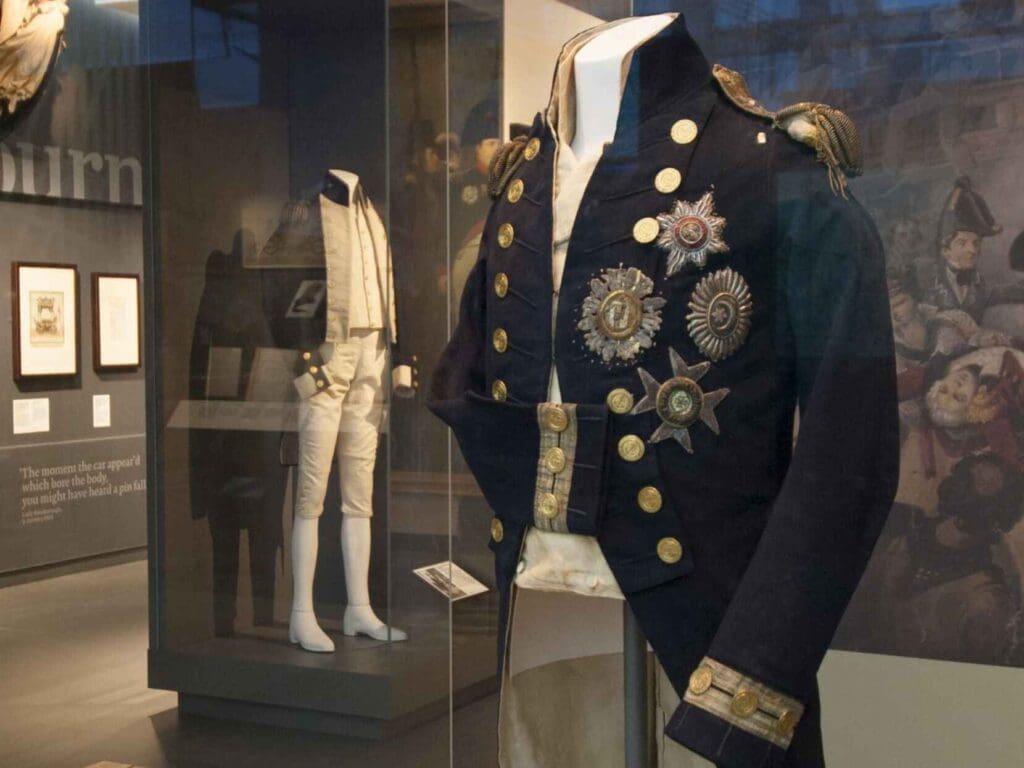
Queen’s House
This striking building was commissioned by James I as a gift to his wife Anne of Denmark after a marital spat. Designed by Inigo Jones, it introduced the Italian Palladian style to Britain.
Later, Charles I’s wife Henrietta Maria had it finished. Its architecture — the Great Hall’s symmetrical marble floor, the Tulip Stairs (actually lilies), and the grotesque ceiling paintings — all reflect royal tastes and turbulent history.
You’ll find a famous portrait of Elizabeth I and views over the Thames where ships once saluted with cannon fire. Upstairs, the grotesque style continues — inspired by Emperor Nero’s buried chambers in Rome. “Grotesque” comes from grotto (underground cave) — where those strange murals were first rediscovered.

Royal Naval College & Painted Hall
Originally a retirement hospital for injured sailors, the Royal Naval College was commissioned in 1694 by Queen Mary and designed by Wren. It later became a prestigious maritime college.
At its peak, it housed 2,700 veterans (youngest aged 12).
Uniforms, chapel attendance, and strict schedules were part of life.
The college admitted women during WWII, known as “Wrens.”
Painted Hall
This grand dining hall features dramatic Baroque paintings by Sir James Thornhill, filled with mythological and imperial imagery. It celebrated Britain’s naval dominance and features monarchs like William & Mary, Queen Anne, and George I–IV.
Lord Nelson’s body lay in state here after Trafalgar.
Today, the site is part of the University of Greenwich and a popular film location — featured in The Crown, Thor, Les Misérables, and more.
Greenwich Market & Pie and Mash
A market has stood here since the 14th century. Today, it’s a lively mix of food, crafts, and culture.
We’ll stop for lunch at Goddards at Greenwich, serving traditional pie, mash and liquor (a parsley sauce). In Victorian times, it was often eaten with jellied eels from the Thames — before the river was declared biologically dead in 1957 due to sewage from war-damaged infrastructure.
Thankfully, it’s since been revived, and eels, fish, and seals have returned. Goddards has served locals since 1890 and still offers hearty British comfort food — plus desserts like sticky toffee pudding.
Cutty Sark
The Cutty Sark was a record-breaking tea clipper built in Scotland in 1869. Designed for speed, it raced to bring fresh tea from China to Britain. Unfortunately, it was launched just as the Suez Canal opened, giving steamships a major advantage.
It made only eight return journeys before being retired. The ship passed through various owners — including the Portuguese — before returning to the UK as a merchant navy training vessel.
Its name is Scots for a short nightdress, referencing its risqué figurehead: the bare-chested Nannie Dee.
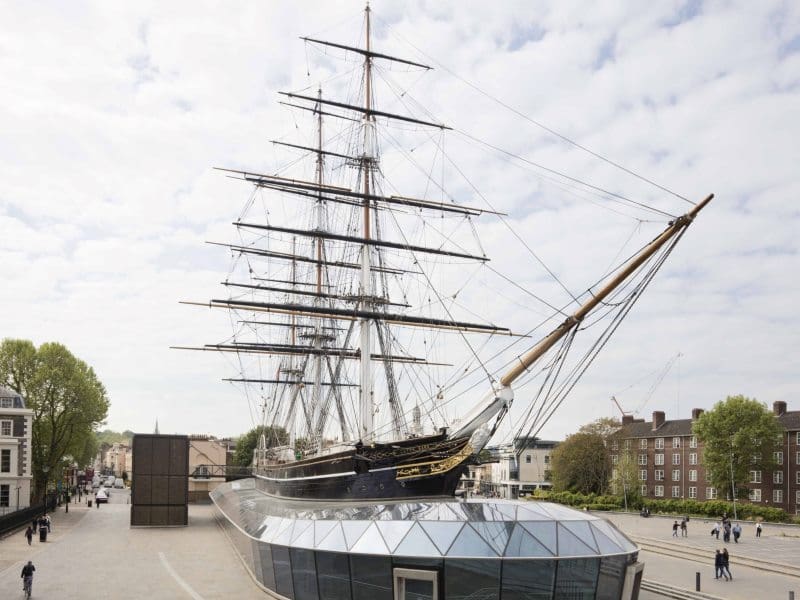
Final Stop: The Tower of London
After lunch, we take the boat from Greenwich Pier to St Katharine’s Pier. From there, it’s a short walk to the Tower of London — the final chapter of our journey through London’s royal, naval and navigational history.
Subscribe!
Get regular updates and discount codes to share with travel mates.
Day trips from London & Private Group Tours
Join us on popular day trips from London and ditch the travel planning to focus on attractions you want to see. Learn about our Private Group Tours also!

